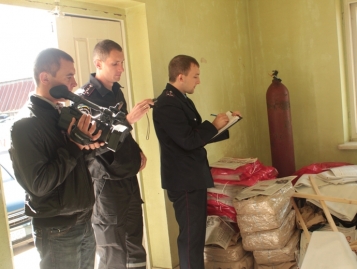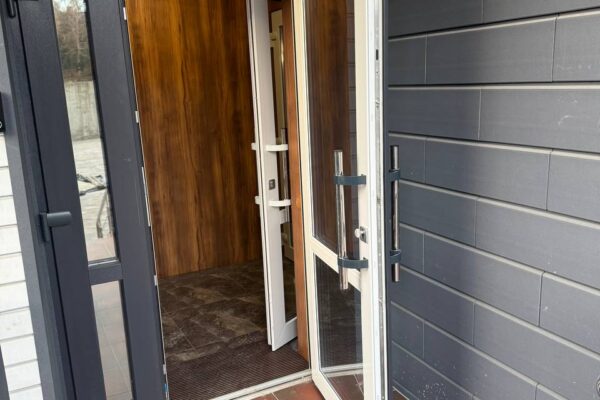Temporary seizure of property is actual deprivation of the suspect or persons in possession of the property, the ability to own, use and dispose of certain property until the issue of seizure of property or its return, or its special confiscation is resolved in accordance with the procedure established by law.
This list includes, but is not exhaustive:
- Vehicles.
- Things.
- Documents.
- Mobile phones.
- Money.
- Computer equipment.
- Information carriers.
- Equipment.
The decision to seize property is made by the investigator or prosecutor.
It is important to note that in the event of any seizure of property, an authorized person draws up a report, which lists the seized property, this may be a detention report, a scene inspection report, an inspection report, a search report.
Property is returned:
- By order of the prosecutor, if he finds such seizure of property groundless.
- By decision of the investigating judge or court, in the event of refusal to satisfy the prosecutor's request to seize this property.
- In the event that the investigator or prosecutor fails to file a request for the seizure of property within the time period specified in the Code of Criminal Procedure.
- In the event that the investigating judge fails to consider the investigator's or prosecutor's motion to seize property within seventy-two hours from the date the motion is received by the court.
- In case of refusal to satisfy the request of the investigator or prosecutor for the arrest of temporarily seized property.
- In the event of cancellation of the seizure of property by the investigating judge.
- In the event of the cancellation of the seizure of property by the prosecutor, simultaneously with the issuance of a resolution to close the criminal proceedings.
- By court verdict in criminal proceedings regarding a criminal offense.
The return of property, as a general rule, occurs to the person from whom it was seized. In such circumstances, after the seizure is carried out, it is important to determine the owner or legal user of the property, as well as to decide who will defend the right to return the seized property.











